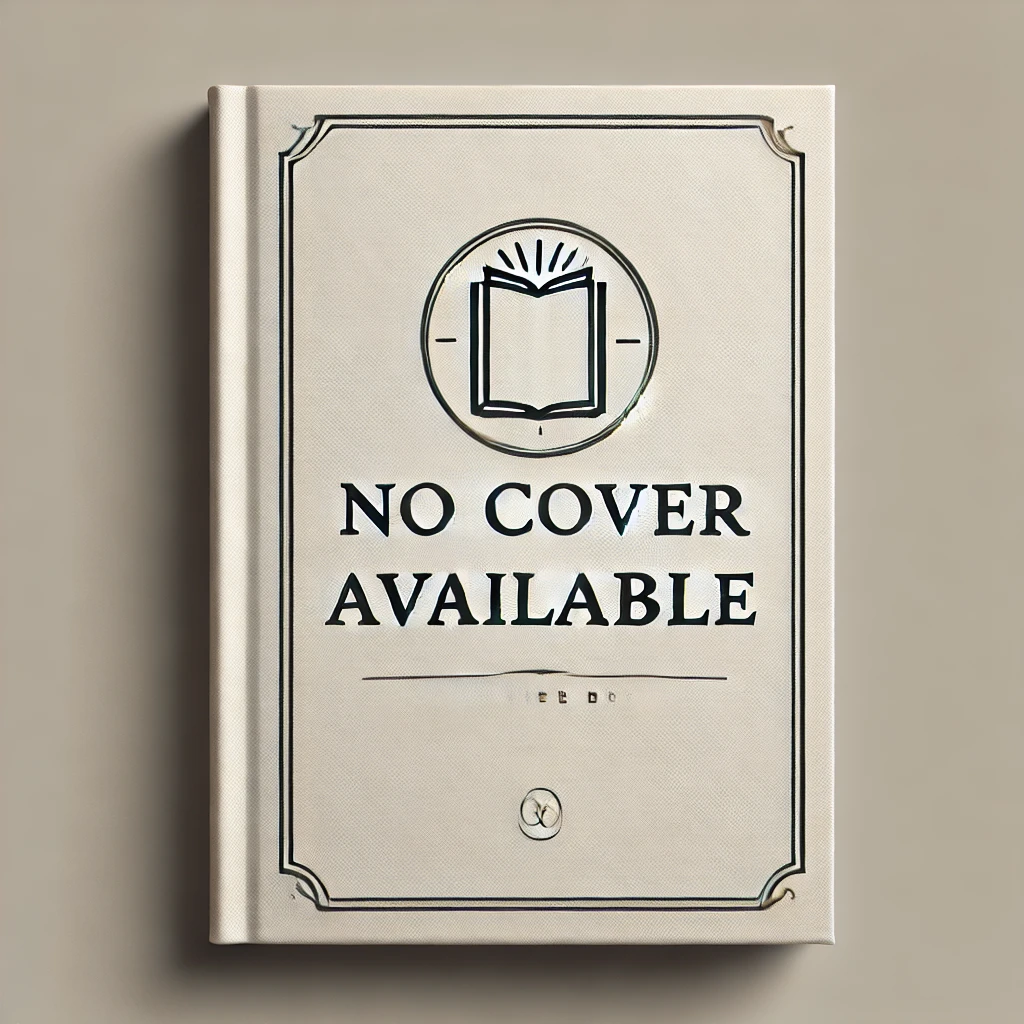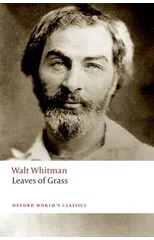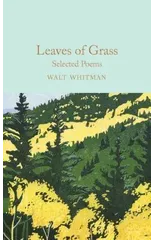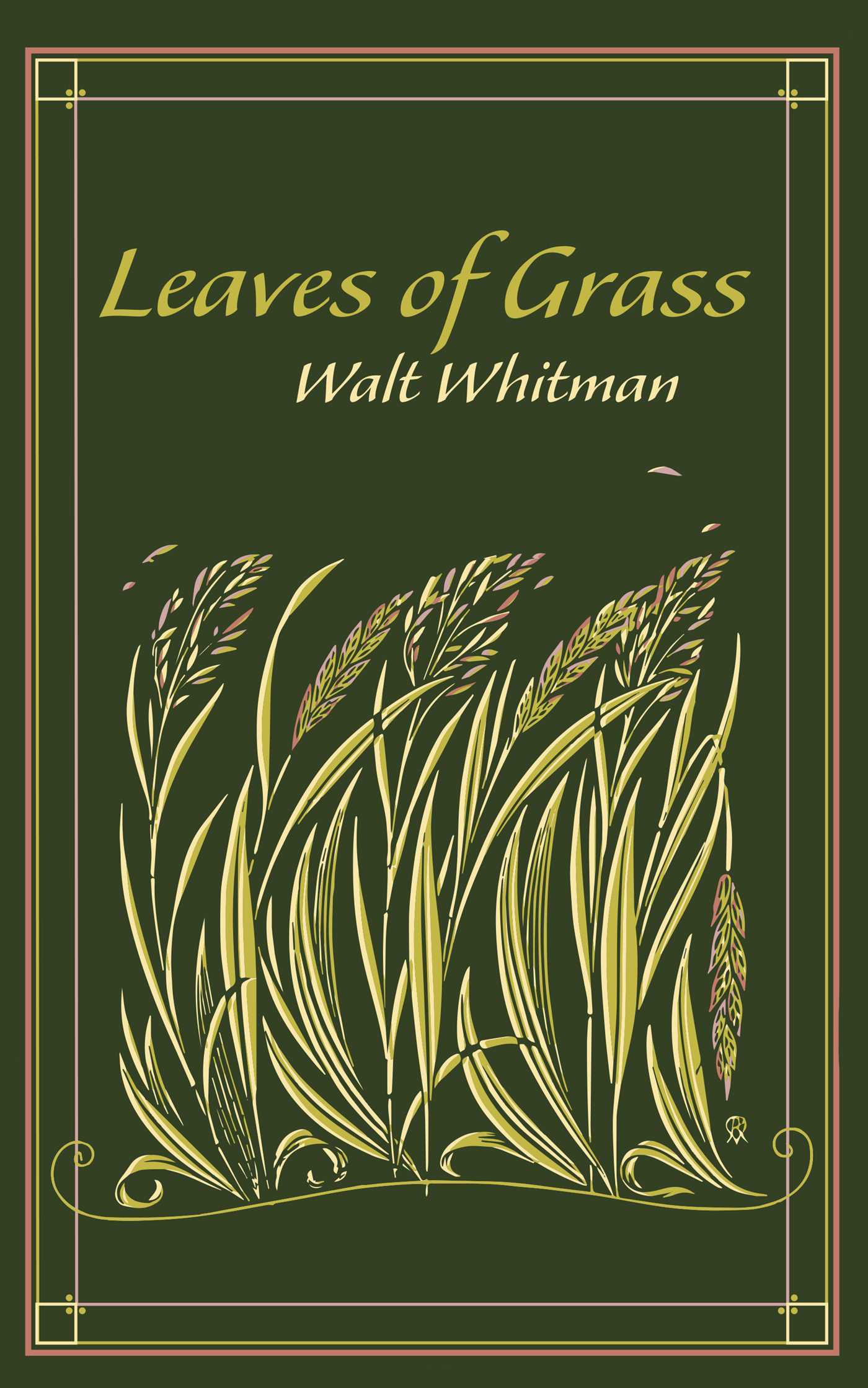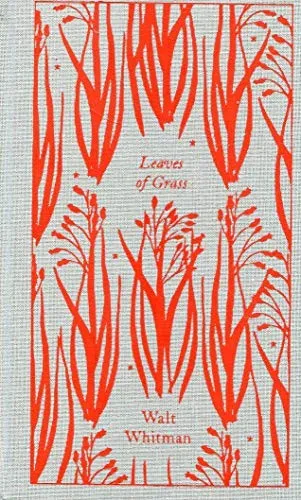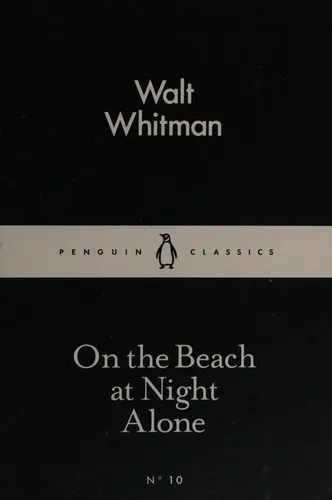As he was turning forty, Walt Whitman wrote twelve poems in a small handmade book he entitled "Live Oak, With Moss." The poems were intensely private reflections on his attraction to and affection for other men. They were also Whitman's most adventurous explorations of the theme of same-sex love, composed decades before the word "homosexual" came into use. Whitman never published the cycle. Instead he cut them up, rearranged them, and hid them in the "Calamus" cluster of poems in the 1860 edition of Leaves of Grass. Selznick has been greatly influenced by Whitman and has created more than 100 pages of original images that form a visual narrative around his work which provide a stirring interpretation.This transporting tour de force presents Whitman like never before and will be beloved by Selznick's myriad fans as well as poetry lovers everywhere. An afterword by Professor Karen Karbiener illuminates the story of Whitman's enigmatic cluster of poems, provides keys for interpreting their meanings, and highlights their contemporary significance"--
Walt Whitman
Walt Whitman was an American poet, essayist, and journalist, born in 1819 in West Hills, New York. He is best known for his groundbreaking poetry collection "Leaves of Grass," which was first published in 1855 and went through multiple editions during his lifetime. Whitman's poetic style was characterized by free verse, expansive imagery, and a celebration of the individual and the natural world. He is often considered one of the most influential poets in American literature, with his work challenging traditional poetic forms and exploring themes of democracy, individualism, and the human experience. Whitman's impact on the genre of poetry is still felt today, with his work inspiring generations of poets and writers.
